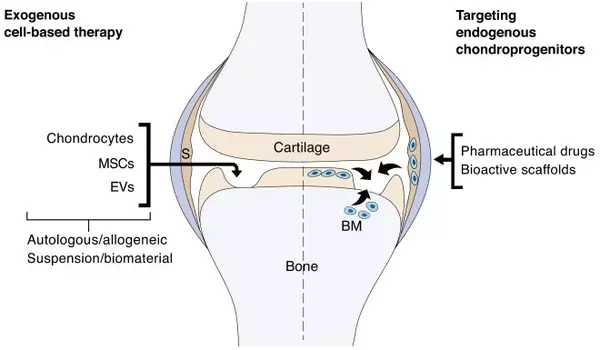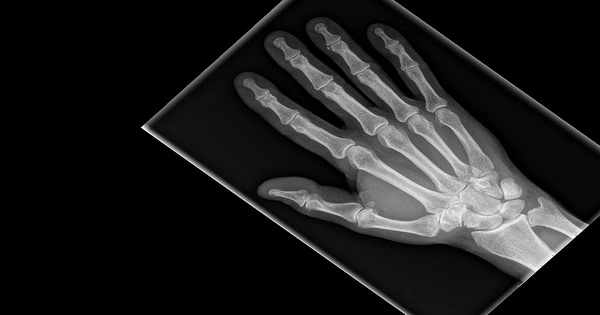Articular cartilage is the smooth, white tissue that covers the ends of bones where they come together to form joints. When it gets damaged, it can lead to joint pain, stiffness, and other problems. The fact that researchers have uncovered new mechanisms for healing this tissue is an important step forward in understanding how to treat joint injuries and disorders.
Understanding how the environment of the knee joint affects cartilage cells is critical for joint health. Understanding the mechanisms of cell-driven cartilage degeneration can aid in the development of effective pharmaceutical interventions for osteoarthritis.
Musculoskeletal diseases, such as osteoarthritis, are affecting patients’ quality of life and causing enormous costs in health care. In an effort to reduce the disease’s burden, computational models for predicting the onset and progression of cartilage degeneration have been developed. The development of biomechanical joint forces during walking, as well as the severity of joint inflammation, has been illuminated by current knee joint models.
Following careful calibration, the model could provide useful information for assessing drug delivery and the effects of therapeutic treatments in cartilage. The model could aid in determining when the drug should be injected into the joint for maximum benefit, as well as what dosage should be used for a specific patient.
Joonas Kosonen
Cell-tissue-level computational models, on the other hand, have received far less attention, despite the fact that cells contribute significantly to cartilage tissue changes. To predict early disease progression, a better understanding of early osteoarthritis mechanisms at the cell and tissue levels is required. Furthermore, these models may pave the way for model-guided pharmaceutical research aimed at slowing the progression of osteoarthritis.
Researchers from the University of Eastern Finland (UEF), Lund University (LU), the University of Iowa (UIOWA), and the Massachusetts Institute of Technology (MIT) have developed a new numerical model that incorporates the influence of cells to discover degeneration processes in mechanically loaded and inflamed cartilage.

This model considers different forms of cell death, oxidative stress, and pro-inflammatory biomolecules. As in previous biological experiments, the model predicted that injurious loading causes aggressive cell damage and cartilage degeneration near cartilage lesions, whereas inflammation induces widespread degeneration also in the intact regions.
Interestingly, reducing inflammation resulted in a partial recovery of cartilage composition, which is consistent with previous research. This finding suggests that the approach could aid in identifying potential targets for new early intervention strategies, as well as serving as a computational “test track” for various anti-inflammatory or anti-oxidative drug treatments.
“Following careful calibration, the model could provide useful information for assessing drug delivery and the effects of therapeutic treatments in cartilage. As a result, in our ongoing collaboration with the University of Iowa, we will use the model to investigate the efficacy of their antioxidative drug candidate. The model could aid in determining when the drug should be injected into the joint for maximum benefit, as well as what dosage should be used for a specific patient. These factors in a knee joint, for example, may be affected by the mechanical and inflammatory characteristics of each patient, both of which can be taken into account by our computational model” Doctoral Researcher Joonas Kosonen of the University of Eastern Finland is the study’s lead author.





